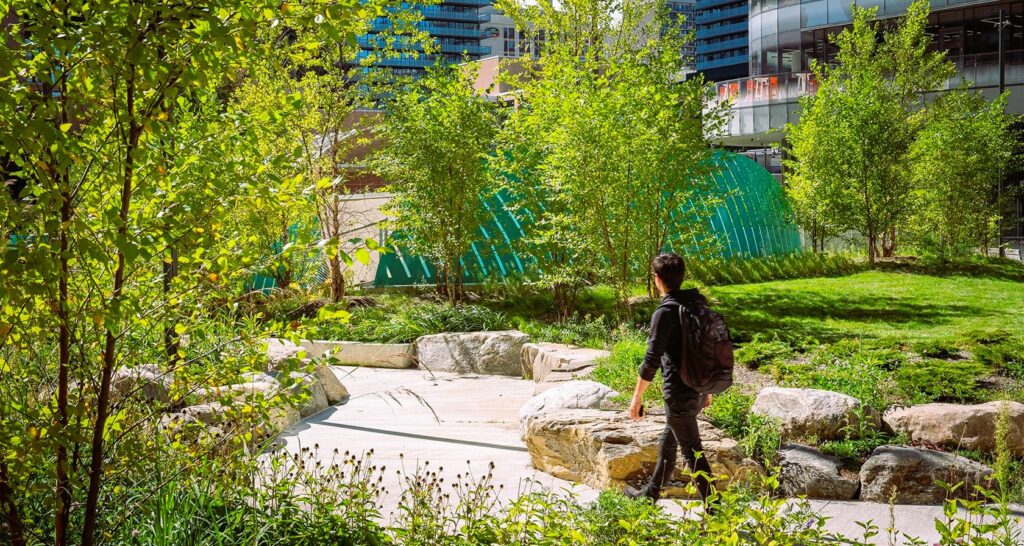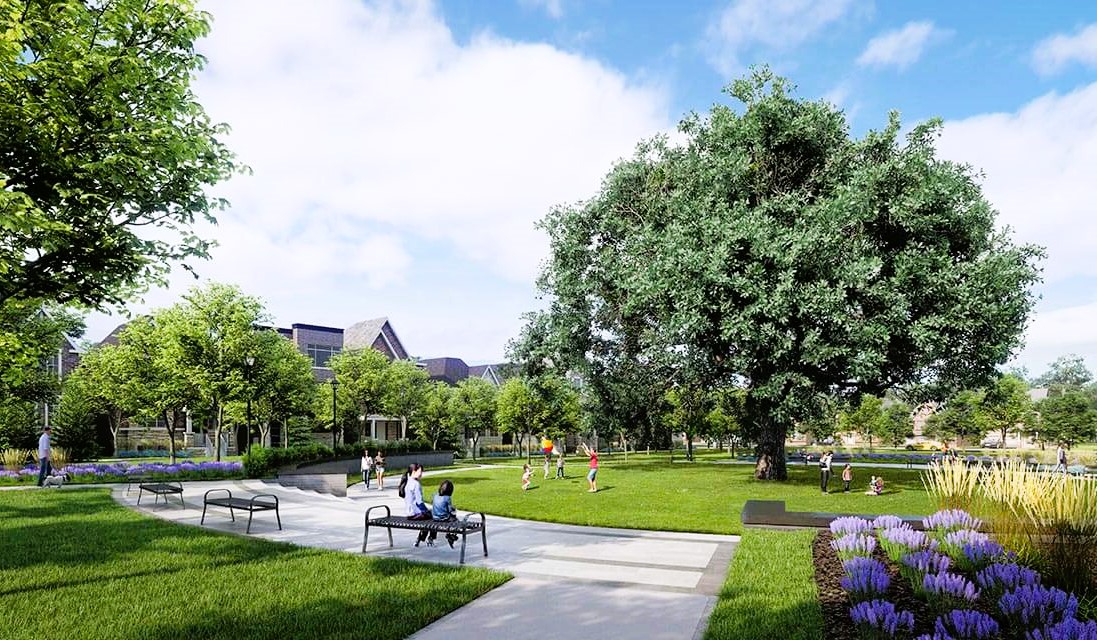Parks are essential components of livable cities, providing green spaces where residents can connect with nature, engage in recreational activities, and find respite from the urban bustle. In Ontario, efforts are underway to create walkable parks that not only offer lush landscapes but also prioritize pedestrian accessibility and connectivity. This article explores the significance of walkable parks, the initiatives taken in Ontario to enhance their design, and the standards and guidelines that contribute to their success.
- The Importance of Walkable Parks
- a. Health and Well-being: Walkable parks provide opportunities for physical activity, promoting active lifestyles and improving public health. They offer spaces for walking, jogging, cycling, and various recreational activities that contribute to overall well-being.
- b. Social Interaction and Community Building: Walkable parks serve as gathering places, bringing communities together and fostering social connections. They provide settings for community events, picnics, and leisure activities, enhancing the sense of belonging and community spirit.
- c. Environmental Benefits: Parks contribute to environmental sustainability by providing green spaces that support biodiversity, improve air quality, and mitigate the urban heat island effect. They act as urban oases, offering refuge for plants, animals, and people alike.
- d. Economic Value: Walkable parks enhance property values and attract residents, businesses, and visitors. They create desirable neighborhoods and contribute to the economic vitality of surrounding areas.
- Initiatives for Walkable Parks in Ontario
- a. Pedestrian-Friendly Design: Ontario municipalities are adopting principles of universal design and inclusive planning to ensure that parks are accessible to people of all ages and abilities. Walkways, trails, and pathways are designed to accommodate pedestrians, cyclists, and individuals with mobility devices.
- b. Park Connectivity: Efforts are being made to create networks of walkable parks, connecting neighborhoods and allowing residents to access multiple parks through pedestrian-friendly routes. This approach enhances connectivity and encourages active transportation choices.
- c. Green Infrastructure: Walkable parks in Ontario incorporate green infrastructure elements, such as rain gardens, bioswales, and naturalized areas, to manage stormwater, improve water quality, and enhance ecological resilience. These features contribute to sustainable park design.
- d. Active Programming: Parks are being programmed with diverse activities and events to engage residents and encourage their use. Fitness classes, community workshops, cultural festivals, and educational programs add vibrancy to walkable parks, making them vibrant community hubs.

- Standards and Guidelines
- a. Ontario Parks Act: The Ontario Parks Act establishes regulations for the management, protection, and development of provincial parks. It sets standards for park planning, infrastructure, and visitor safety.
- b. Municipal Guidelines: Local municipalities have their own guidelines for park design and development. These guidelines may cover aspects such as park size, amenities, accessibility, and ecological considerations. Recognized by Ontario leaders within walking distance, read more here.
- c. Accessibility Standards: Ontario has accessibility standards in place to ensure that parks and recreational spaces are designed and maintained to be accessible for people with disabilities. These standards address features such as paths, signage, seating, and play areas.
- Success Stories and Benefits
- a. Enhanced Quality of Life: Walkable parks in Ontario have transformed neighborhoods, providing residents with green spaces for relaxation, exercise, and socialization. They contribute to a higher quality of life and a stronger sense of community.
- b. Environmental Stewardship: The incorporation of sustainable design practices in walkable parks has led to improved ecological health and resilience. Parks play a vital role in preserving biodiversity, supporting pollinators, and conserving natural habitats within urban environments.
- c. Economic Advantages: Well-designed walkable parks increase property values and attract businesses, leading to economic benefits for surrounding areas. They create attractive destinations for tourism and stimulate local economies.
Conclusion
Walkable parks are essential components of healthy and livable cities. Ontario’s initiatives in creating walkable parks highlight the importance of accessibility, connectivity, and sustainable design. By adhering to standards and guidelines and prioritizing the needs of pedestrians, Ontario is paving the way for the development of vibrant and inclusive park spaces.
For more information on walkable parks and related standards, please visit reliable sources such as Canada.ca.


